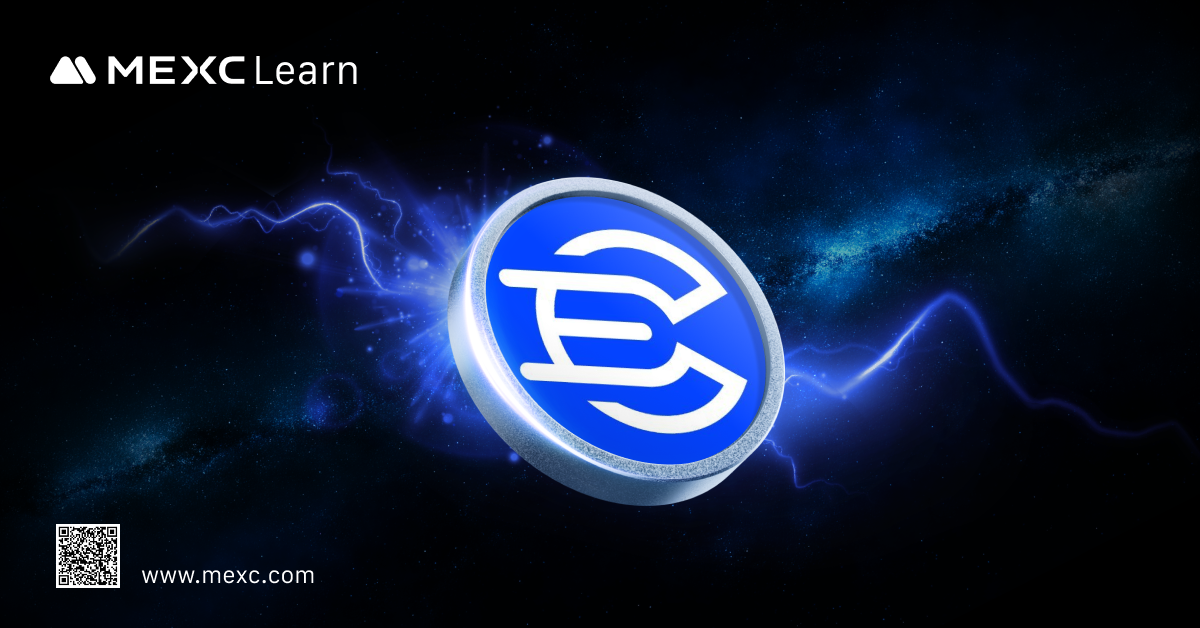MEXC Exchange/Learn/Hot Token Zone/Project Introduction/What is CESS Network? New Infrastructure for Data Sovereignty and Decentralized Storage in the Web3 Era
What is CESS Network? New Infrastructure for Data Sovereignty and Decentralized Storage in the Web3 Era
Related Articles

CESS (Continual Ecosystem Storage System) Network is an emerging decentralized data infrastructure that combines public blockchain technology with a high-speed content delivery network to provide users with a safer, more private, and sovereign data management solution.
1. Background of CESS
As Web3 continues to evolve, traditional centralized cloud services such as AWS and Google Cloud face increasing challenges including data security vulnerabilities, privacy breaches, high operational costs, and censorship concerns. CESS was developed to address these critical issues.
CESS delivers not only secure and highly available data storage but also introduces an innovative content distribution network (CD²N) that facilitates efficient data access, sharing, and collaboration within the Web3 ecosystem. Its mission is to establish a comprehensive Web3 storage infrastructure that integrates privacy protection, enterprise-grade performance, robust content delivery, and AI federated learning capabilities.
2. The Four Core Layers of CESS
CESS Network builds a scalable and decentralized data storage and delivery architecture through four fundamental layers:
Blockchain Layer: Provides data storage, ownership management, and smart contract functionalities to guarantee data integrity and incentivize network participation.
Distributed Storage Resource Layer: Combines consensus and storage nodes to manage metadata, process transactions, store user data, and optimize resource allocation.
Content Delivery Network Layer: Employs a decentralized CD²N and peer-to-peer technology, leveraging caching and retrieval nodes to enable rapid data transmission while minimizing costs.
Interface Layer: Supplies CLI, API, SDK, and the CESS AI protocol suite to facilitate user interaction and ensure data privacy during AI model training.
3. Core Features of CESS
Decentralized Storage and Content Delivery: CESS Network builds a decentralized storage and content distribution network that provides efficient data storage and retrieval services for Web3 applications.
Data Authorization and Proxy Re-Encryption: Through Proxy Re-encryption, users can grant temporary access to their encrypted data without exposing the original keys, enhancing data privacy protection.
Random Rotational Selection (R²S) Consensus Mechanism: CESS’s unique R²S consensus mechanism strengthens network decentralization and security, ensuring reliability and efficiency in storage and retrieval processes.
Multiple Node Types: The CESS Network comprises four node types—consensus nodes, storage nodes, caching nodes, and retrieval nodes—that collaborate to maintain network stability and operation.
4. What is CESS?
4.1 Basic Information of CESS Token
Token Name: CESS
Total Supply: 10 billion
4.2 Token Allocation Plan
The allocation of CESS tokens is carefully designed to promote the platform’s long-term development. Of the total supply, 15% is allocated to initial contributors, 10% to early investors, 10% for community development, incentives, and promotion, 5% for cloud partner business collaborations, 5% reserved by the foundation for emergencies and future ecosystem support; 30% is allocated to storage nodes, 15% to consensus nodes, and 10% for caching layer development.
Disclaimer: The information provided in this material does not constitute advice on investment, taxation, legal, financial, accounting, or any other related services, nor does it serve as a recommendation to purchase, sell, or hold any assets. MEXC Learn offers this information for reference purposes only and does not provide investment advice. Please ensure you fully understand the risks involved and exercise caution when investing. MEXC is not responsible for users' investment decisions.